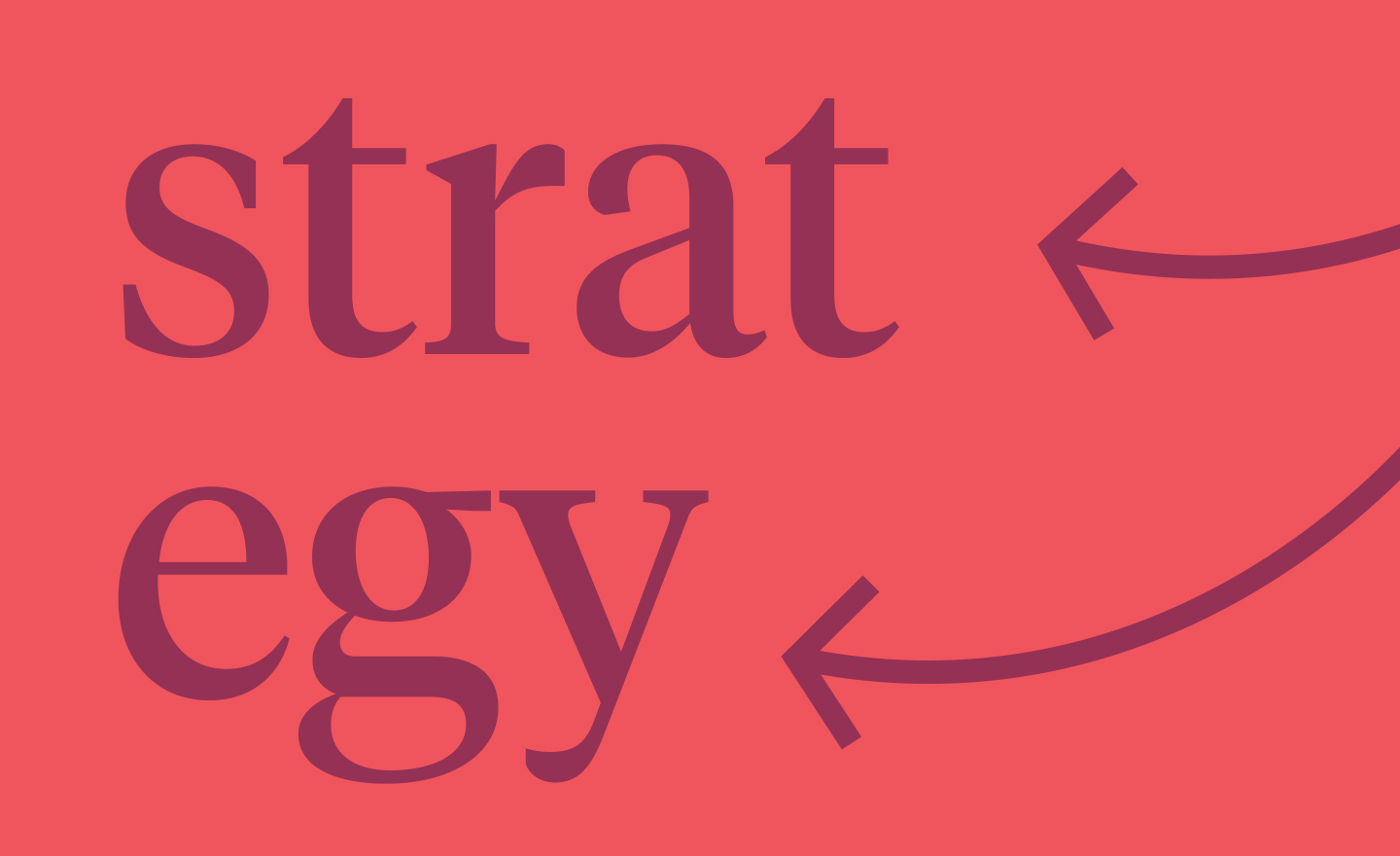In a recent work session, a client with an early stage company asked us if a company’s vision can change over time. It can, we said, though it doesn’t necessarily have to. Assuming the company remains in the same business, it all depends on how well its vision fits as it continues to grow. If a company starts out small and pursues a small, modest vision, it might discover at some point that it has fulfilled its vision. In this case, it will need to lift its eyes higher. Our favorite visions are the biggest and boldest—visions that can inspire a company indefinitely, and that ultimately might never be fulfilled. Google has such a vision: “to organize the world’s information, and make it universally accessible and useful.” Google CEO Larry Page understands the farsighted and long-term nature of this: In his Google I/O keynote in May, Page noted that Google and the tech industry have done only “one percent of what is possible.”
Avoid the visionless vision. In contrast, our least favorite visions are those expressing purposes that are not forward-looking—that more or less describe the company’s current state. In short, our least favorite visions are those that aren’t visionary. Thus, Golden West Financial’s vision: to create long-term value for customers, shareholders, employees, and neighbors by providing high quality consumer financial services through our World Savings and Atlas subsidiaries.
Also landing on our least favorite lists are those company visions that are so broad as to be megalomaniacal, or meaningless. Often, these are statements of the “Our Vision is to be the Best Company” genre. In general, we look for a company’s vision to relate to its core business. We expect GM’s vision to have something to do with transportation, and it does: To be the world leader in transportation products and services. We expect Qualcomm’s vision to have something to do with wireless, and it does: To deliver the world’s most innovative wireless solutions. (We think both of these statements could be stronger, but at least they stick to their category.) Against this simple measure, Alcoa’s vision falls down: Our vision is to be the best company in the world–in the eyes of our customers, shareholders, communities and people. So, too, does Honda’s: To be a company that our shareholders, customers and society want.
Getting clear on your vision? Start here. Regardless of your size, don’t be afraid to dream large. Here are few exercises to help get you started*: Think ahead a few years to how the world around you, and the business you’re in, is likely to change. Imagine that all of your plans unfold as you want them to. In this best of all possible worlds, what is the role your company stands to play? Also, think back to the opportunity you saw that triggered your decision to invest time, talent and energy into it in this first place. What was it? It’s your responsibility as a leader to ask these questions, work out the answers, and convey them to your people.
*If you’d like a few others, just let us know.



